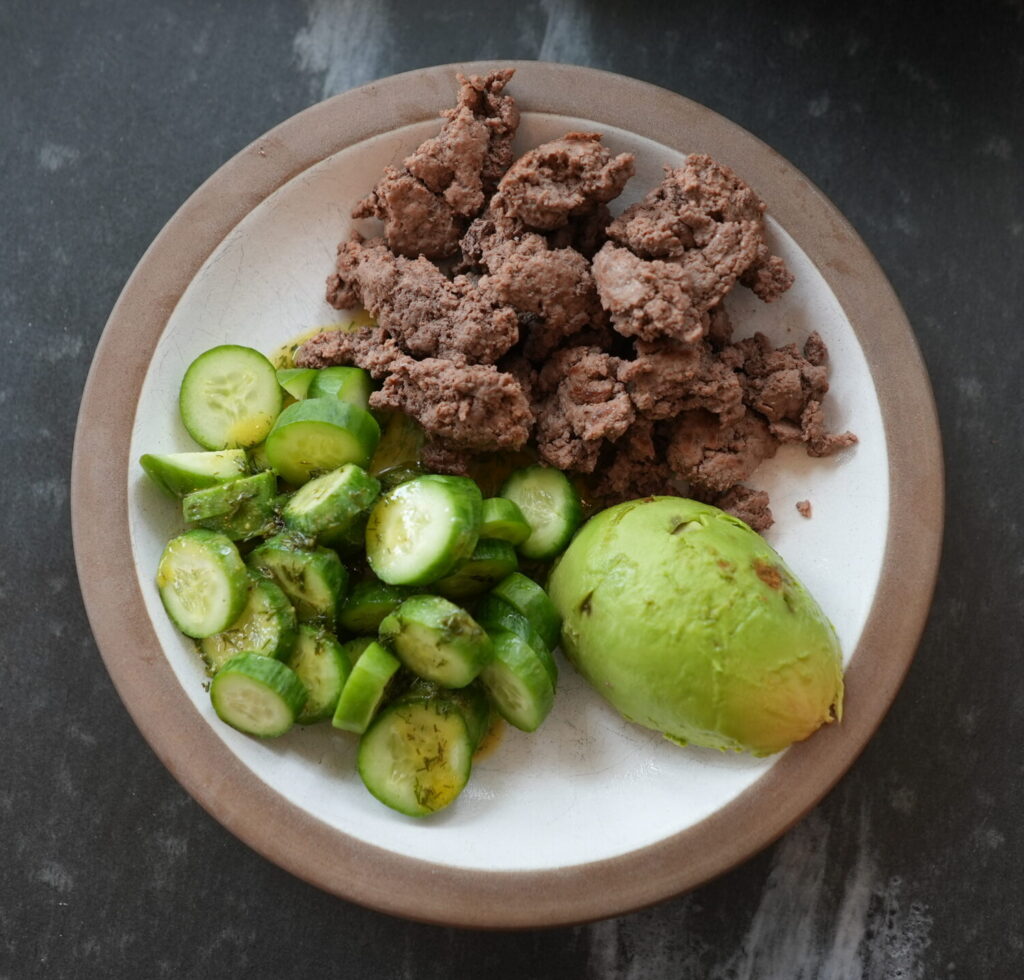PHILOSOPHY
1. ENERGY IN
Establish how many calories you need to maintain your current body weight. Use the FBB Macro Calculator to get started, and be sure to review the 3 most common mistakes to avoid when calculating.
2. ENERGY OUT
RMR
Non Exercise Activity
Training
3. CHOOSE THE RIGHT TRAINING
Has Purpose
Train for more than just burning calories...
Hit a PR
Or just live longer for your kids. Choose something to work towards that gives your training meaning.
Builds Muscle
Raise your metabolism...
Burn at Rest
The more lean muscle mass you have, the more calories you burn even after your activities are done.
Reserves Energy
You've got a lot to do in a day...
Leave Some in the Tank
Training should give you energy for life - not send you to the couch.




4. STACK EASY WINS

Protein
Water
5. BREAK THE FEAR OF CARBS!
8. EAT WELL AROUND TRAINING

9. MAKE ROOM FOR FUN FOODS
- Low-Calorie Versions of Fun Foods – like Ninja Creami Low Calorie High Protein Ice Cream.
- Flexible Dieting – how can you make your favorite foods fit inside your prescribed calorie and macro targets regularly?
- Dining Out – how can I eat out at restaurants and enjoy myself without deviating too far from my long-term nutritional strategies?
- Enjoying Alcohol Responsibly – build a better understanding of what alcohol does to your body, how to enjoy it with minimal downside risk, and what drinks to select so you don’t deviate too far from your long-term nutritional approach.
- Navigate Holidays and Food – The holidays are a wonderful time in many ways but they can also introduce nutritional challenges. Check out our Holiday Survival Guide for strategies that you can come back to year after year.







